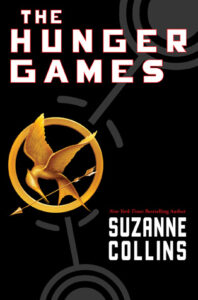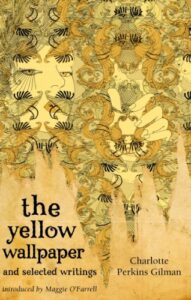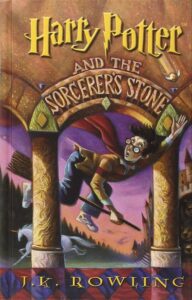The narrative style of a story is the point of view from which the story is told. There are three main narrative styles: first person, second person, and third person. Each style has its own unique advantages and disadvantages.
First Person
In first person, the story is told from the perspective of one of the characters. The narrator uses pronouns such as “I,” “me,” and “my” to describe their own thoughts, feelings, and experiences.
Advantages of first person:
- First person can create a sense of intimacy and immediacy between the reader and the narrator.
- First person can be used to reveal the narrator’s inner thoughts and feelings, which can give the reader a deeper understanding of the character.
- First person can be used to create a sense of suspense and mystery, especially if the narrator is unreliable.
Disadvantages of first person:

- First person can be limiting, as the reader can only see the story through the eyes of the narrator.
- It can be difficult to write a first-person narrator who is both believable and interesting.
Examples of first person stories:
- The Catcher in the Rye by J.D. Salinger
- The Hunger Games by Suzanne Collins
- The Perks of Being a Wallflower by Stephen Chbosky
Second Person
In second person, the story is told directly to the reader. The narrator uses the pronoun “you” to describe the reader’s thoughts, feelings, and experiences.
Advantages of second person:
- Second person can create a sense of immersion for the reader, as they feel like they are part of the story.
- Second person can be used to create a sense of urgency and immediacy, as the reader is directly involved in the action.
- Second person can be used to teach the reader something or to give them a specific experience.
Disadvantages of second person:
- Second person can be difficult to write well, as it is important to maintain the reader’s interest and engagement.
- Second person can be limiting, as the author is restricted to telling the story from the reader’s perspective.
Examples of second person stories:
- Choose Your Own Adventure books
- If You Give a Mouse a Cookie by Laura Numeroff
- The Yellow Wallpaper by Charlotte Perkins Gilman
Third Person
In third person, the story is told from the perspective of an outside observer. The narrator uses pronouns such as “he,” “she,” “it,” and “they” to describe the characters and their actions.
Advantages of third person:
- Third person is the most versatile narrative style, as it allows the author to tell the story from any perspective.
- Third person can be used to create a sense of objectivity and distance, which can be helpful for dealing with difficult or sensitive topics.
- Third person allows the author to reveal more information about the characters and the story world than would be possible in first or second person.
Disadvantages of third person:
- Third person can be less intimate and immediate than first person.
- It can be difficult to write a third-person narrator who is both engaging and believable.
Examples of third person stories:
- Harry Potter series by J.K. Rowling
- The Lord of the Rings trilogy by J.R.R. Tolkien
- Pride and Prejudice by Jane Austen
Which narrative style should you use?
The best narrative style for your story will depend on your specific goals and objectives. If you want to create a sense of intimacy and immediacy with the reader, then first person may be the best choice. If you want to tell the story from a more objective perspective, or if you want to reveal more information about the characters and the story world, then third person may be the better option.
Ultimately, the best way to choose a narrative style is to experiment and see what works best for your story. There is no right or wrong answer, and the most important thing is to tell a story that is engaging and enjoyable for your readers.